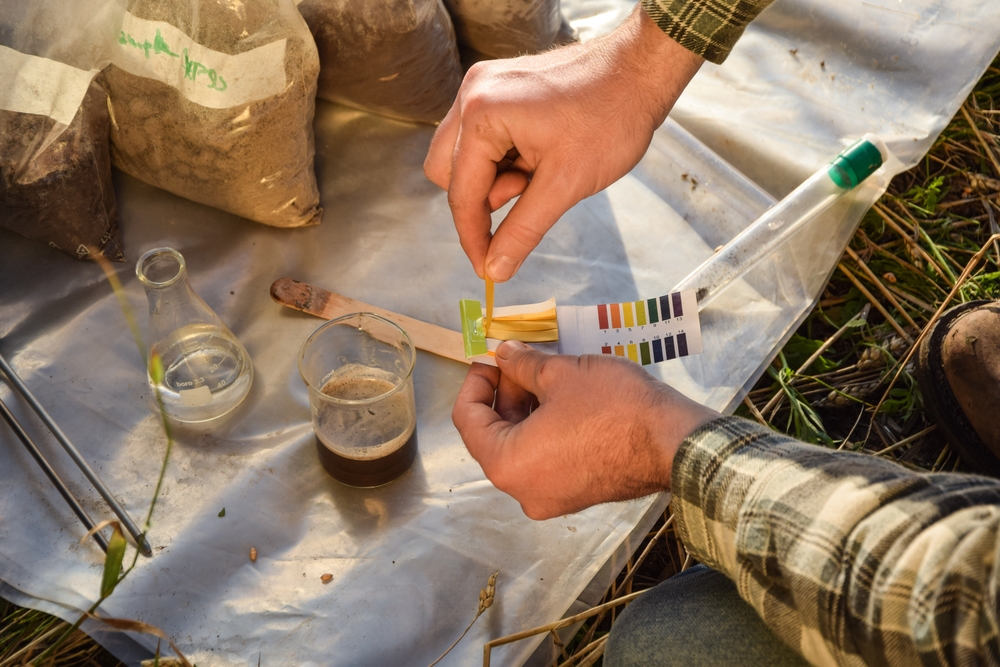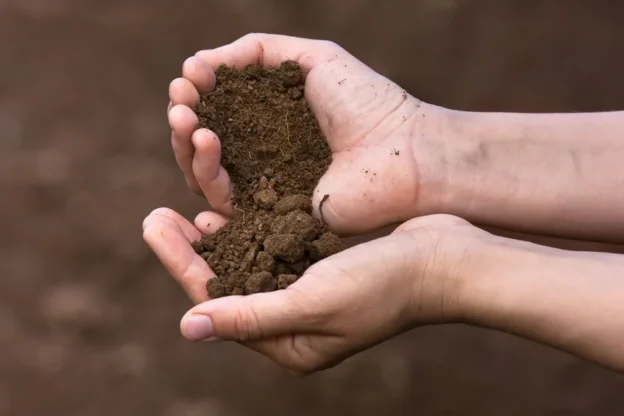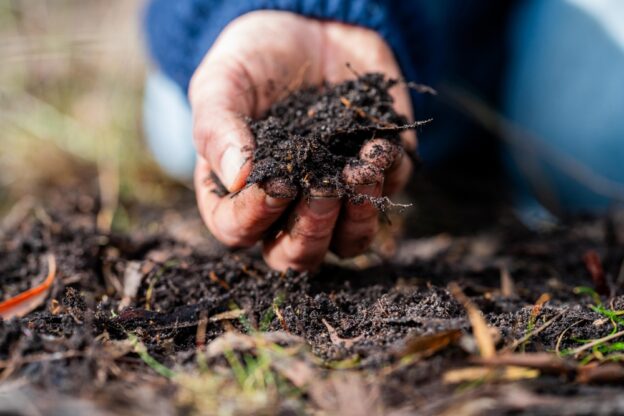Learn to grow healthy, fresh food at home with Costa and friends – this spring! Join Grow It Local +
Learn > How To
Understanding Soil pH

Understanding Soil pH
Are you ready to demystify the secrets of soil pH and help your garden to reach its full potential?
Well, pull up a comfy seat (perhaps your garden bench?) and let’s dive into the world of soil pH.
Don’t worry; it’s less like a chemistry class and more like a key unlocking the lush, vibrant
growth of your garden dreams!
What is Soil pH, and Why Should You Care?
First off, let’s talk about what pH is. In simple terms, pH measures the acidity or alkalinity of your
soil on a scale from 0 to 14, with 7 being neutral. A pH below 7 is acidic, and above 7 is alkaline.
Why does this matter, you ask? Well, the pH of your soil can affect how well your plants absorb
nutrients. Even if you spoil your plants rotten with the best fertilisers, the wrong pH can lock
those nutrients away! Plants can be quite picky eaters.
Finding Your Soil’s pH Sweet Spot
Most garden veggies and flowers thrive in soils that are slightly acidic to neutral (pH 6.0-7.0).
However, there are some plants, like blueberries, that love more acidic soils, and others, such
as clematis, which prefer it a bit more alkaline. Knowing where your soil stands on the pH scale
can help you choose the right plants for your garden or adjust the soil to better suit the plants
you desire.
Testing Your Soil pH
Now, before you start altering your soil willy-nilly, you’ll need to test it. Soil pH testers are
available at most garden centres or online. They range from simple test strips to more
sophisticated electronic testers. For a more comprehensive analysis, consider sending a soil
sample to a local lab. It might cost a bit more, but the detailed results can be well worth it for the
avid gardener.

Adjusting Your Soil pH
If you find your soil’s pH isn’t where it should be for the plants you’re growing, there are ways to
adjust it:
To Raise pH (for less acidity): Lime is a common solution—it comes in various forms
(powdered, pelletized) and can be found at any garden centre. Wood ash in small amounts can
also raise the pH and contribute potassium and calcium.
To Lower pH (for more acidity): Organic options include pine needles, sawdust, or composted
leaves.
Pro Tip: Go Slowly!
When adjusting your soil’s pH, remember the golden rule: go slowly. It’s better to make small
adjustments over time rather than trying to fix everything at once. Over-correcting can lead to a
whole new set of problems!
Keeping an Eye on pH
Soil pH can change over time due to factors like rainfall, fertilising practices, and the types of
plants you’re growing. Make it a habit to test your soil every couple of years, and you’ll be ahead
of the game, ensuring your garden environment remains prime for growth.
Final Thoughts
Understanding and managing your soil pH isn’t just a science; it’s an art that enhances your
connection to the earth and boosts your gardening success. Armed with your newfound
knowledge and a pH tester, you’re ready to tune your soil to perfect harmony. May your greens
be greener and your blooms brighter!
Happy gardening! 🌱🐓🌈⚡️



